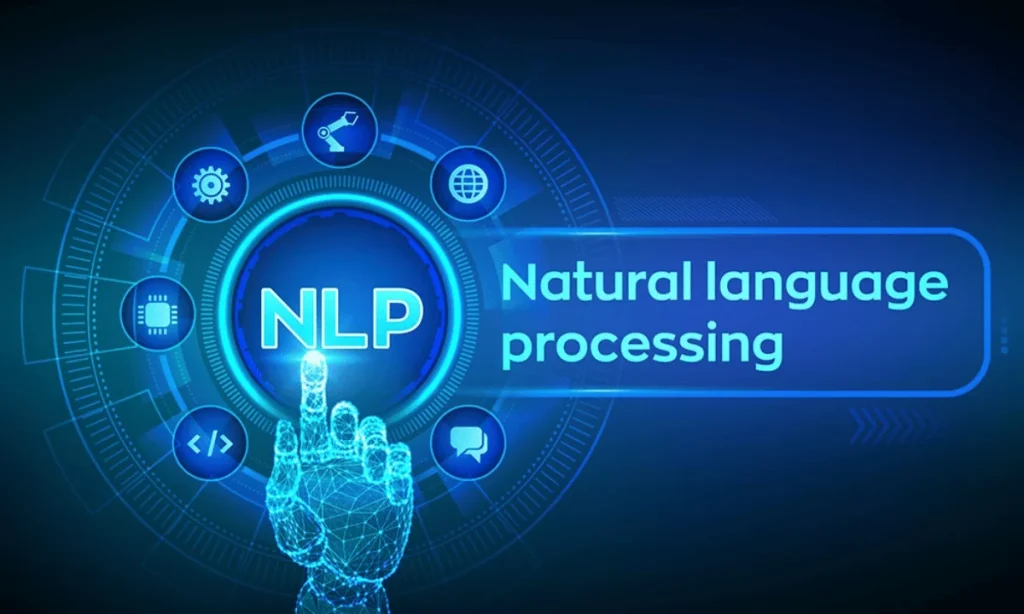
In an era where digital transformation is accelerating, Natural Language Processing (NLP) has emerged as a pivotal force reshaping how technology interacts with human language. As businesses and consumers generate vast amounts of text and voice data every day, NLP enables machines to interpret, analyze, and respond to this information with unprecedented accuracy and nuance.
According to Statista, the global Natural Language Processing market is projected to reach a staggering US$53.42 billion in 2025, underscoring its rapid adoption across industries.
The technology is already revolutionizing customer service, healthcare, and content discovery, making interactions with digital systems more seamless and personalized.
Research continues to highlight the transformative potential of NLP in bridging the gap between humans and machines. For example, a recent academic paper published in the International Journal of Advanced Research in Electrical, Electronics and Instrumentation Engineering (IJAREEIE) explores the latest methodologies and challenges in NLP, offering valuable insights into its evolving role in artificial intelligence. As organizations increasingly rely on NLP for automating workflows and extracting actionable insights, its influence on future tech is undeniable.
Natural Language Processing is no longer just a buzzword—it is rapidly becoming the backbone of modern technology. By enabling computers to understand, interpret, and generate human language, NLP is unlocking new possibilities in automation, analytics, and user experience. From chatbots that provide instant customer support to voice assistants that understand context and emotion, NLP is making technology more intuitive and accessible. The rise of large language models like GPT-4 and BERT has further amplified its impact, allowing machines to handle complex tasks such as drafting contracts, analyzing medical records, and translating languages with near-human precision.
Businesses are leveraging NLP to streamline operations, enhance decision-making, and personalize customer interactions. Cloud-based platforms such as Google Cloud Natural Language API and Amazon Comprehend offer scalable solutions for sentiment analysis, entity recognition, and content classification, making it easier for developers to integrate advanced language capabilities into their applications. As NLP continues to evolve, its applications are expanding into new domains, including healthcare, finance, and education, where it is driving innovation and efficiency.
The Expanding Role of NLP in Modern Industries
The adoption of Natural Language Processing is accelerating across diverse sectors, fueled by its ability to process and analyze large volumes of unstructured data. In healthcare, NLP is transforming clinical trials by automating the analysis of medical literature and patient records, leading to faster drug discoveries and improved patient outcomes.
In finance, NLP is used to analyze earnings reports, detect risks in contracts, and automate customer service, enabling organizations to make data-driven decisions with greater speed and accuracy.
The technology is also making significant strides in multilingual support and real-time translation, breaking down language barriers for global businesses and consumers. With advancements in deep learning and transformer models, NLP tools can now understand and process a wide range of languages and dialects, including low-resource ones, making technology more inclusive and accessible worldwide.
Official platforms like the Stanford Natural Language Processing Group and Google Cloud provide robust frameworks and resources for researchers and developers to build and deploy cutting-edge NLP solutions.
Key Trends and Innovations in NLP for 2025
2025 is set to be a landmark year for Natural Language Processing, with several emerging trends shaping its trajectory. Real-time language translation is at the forefront, enabling seamless communication across borders and industries, while voice-based assistants are becoming smarter, more empathetic, and context-aware.
Emotion detection is another breakthrough, allowing NLP systems to analyze the tone and sentiment of user interactions, resulting in more personalized and human-like responses.
Another notable trend is the integration of NLP with big data analytics and augmented reality, opening new avenues for content discovery and immersive experiences. The development of multilingual NLP solutions is also gaining momentum, as organizations strive to cater to diverse global audiences. With over 2,900 startups actively working in this space and billions in annual investments, the NLP ecosystem is thriving and poised for continued innovation. Official resources such as the Stanford NLP Group website offer access to research papers, educational materials, and open-source tools, supporting the next generation of NLP advancements.
